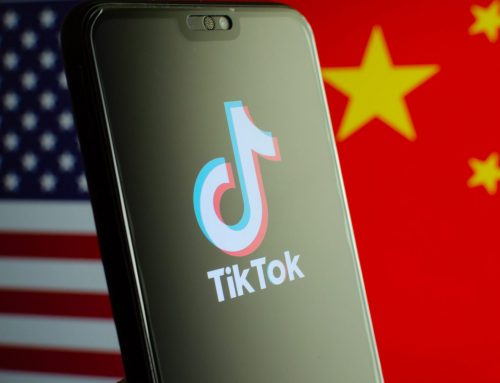The weather disaster in Texas last week provided ample fodder for Russian state media, which pointed to the disaster as evidence that the United States is incapable of protecting its citizens or highlighted viral politically polarized responses to Texas’ plight. This included a few articles accusing President Biden of having “skewed priorities” for visiting the Midwest last week instead of Texas, a decision RT surmised was a political decision based on Texas’ status as a red state. At least a couple other articles suggested that the United States should focus on its domestic issues rather than potential threats from Russia, with Kremlin spokesman Dmitry Peskov urging the United States to pay more attention to Texas’ energy supply issues than Nord Stream 2. Furthering the established pattern, Russian state media and diplomats also continued to highlight positive developments related to Russian vaccines, such as the announcement of a third Russian vaccine and Venezuelan President Nicolas Maduro’s appreciation towards Russia for supplying Sputnik V to the country. They also highlighted examples of foreign diplomats in Moscow – including Americans – accepting or requesting vaccinations with Sputnik V, while yet again pushing back on the “politicized” response to Russian vaccines in the West. Meanwhile, state media also emphasized reports of Western pharmaceutical companies seeking profits and inequitable global vaccine distribution.
For the second consecutive week, Chinese diplomats and state media outlets promoted Chinese-Serbian relations after Serbian President Vucic’s embrace of the 17+1 forum. Enthusiasm for Belgrade was even more prominent last week, as seven of the ten most retweeted tweets out of the Chinese network monitored on Hamilton 2.0 were in some way related to Serbia. Beyond Serbia, Chinese messaging also amplified last week’s announcement that China was the EU’s top trading partner in 2020. Two of the ten most viewed Chinese state media videos on YouTube last week relayed that message, with one stressing that China had now overtaken the United States. Chinese messaging also took aim at India last week, with nationalist tabloid Global Times and its editor-in-chief Hu Xijin promoting images, videos, and celebrations surrounding last summer’s border clash between India and China. Of the top ten tweets mentioning India last week, eight were from either the Global Times or Hu Xijin. All eight glorified the “sacrifice” of the PLA soldiers who died in those clashes as well as China’s great restraint in responding to their deaths. While the Chinese Ministry of Foreign Affairs mentioned the border clashes in a press conference, it chose not to highlight the topic on its own Twitter account. Instead, other diplomatic accounts stepped in to promote the MFA’s statements and the subsequent Global Times coverage. Finally, while China’s coverage of the Texas natural disaster was less prominent than Russia’s, there were several examples of state media and diplomats framing the failed government response as a violation of human rights.
On the Iran dashboard, the Iran nuclear agreement (JCPoA) again dominated the results, with #JCPOA used by official Iranian accounts in more tweets than the next two most popular hashtags combined. Much of the content seemed to have been aimed at softening the ground for Iran’s announcement last Sunday that it would be limiting IAEA inspections of its nuclear sites that have taken place under the Additional Protocol. As usual, a prominent narrative was that Iran would not return to the negotiating table unless and until sanctions are removed. There was a limited amount of coverage of the Texas disaster, most of which was factual and unbiased.
The views expressed in GMF publications and commentary are the views of the author alone.








